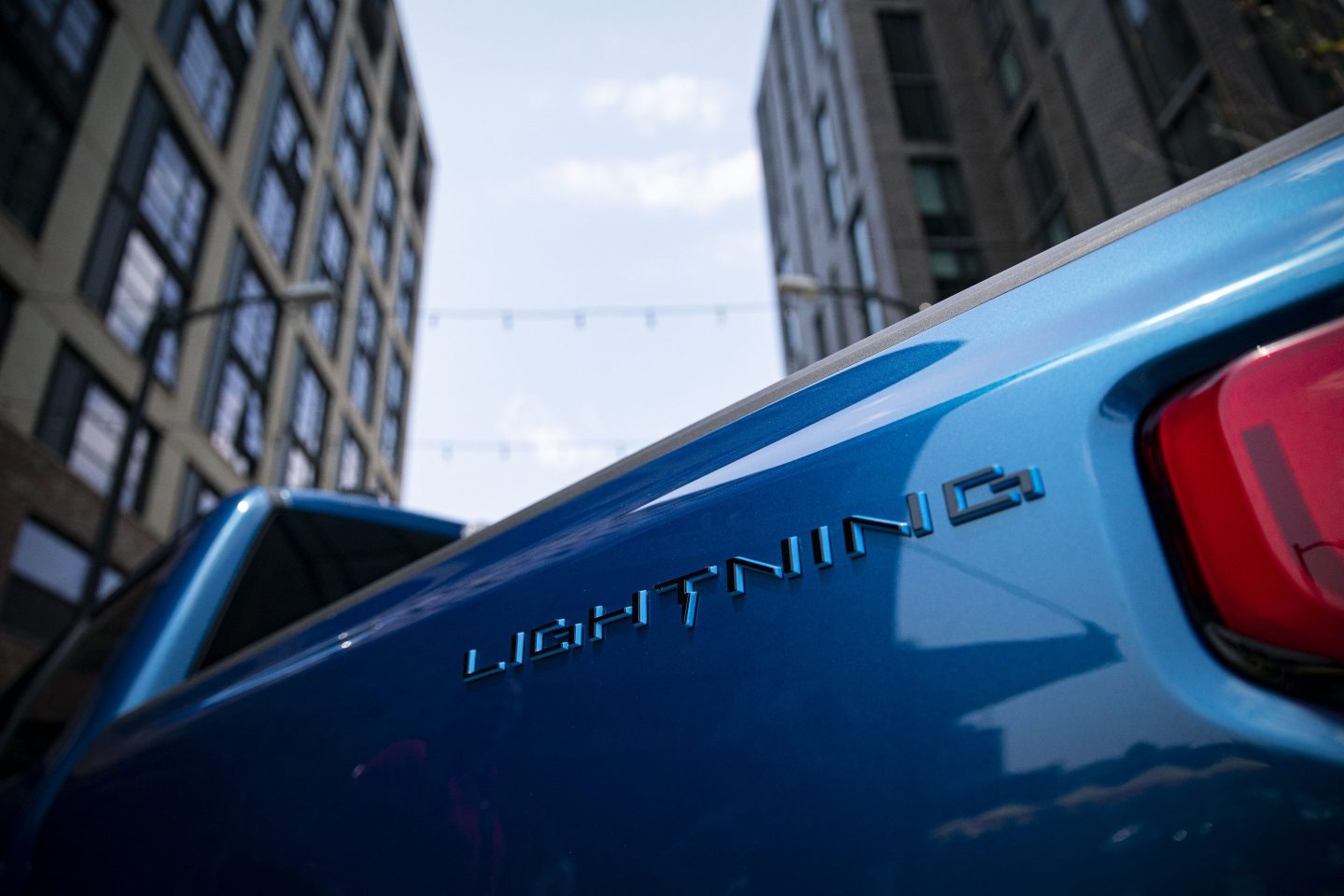The bipartisan infrastructure bill winding its way through Congress presently includes $7.5 billion to fund alternative fuels infrastructure, which includes electric car charging. Ford recently announced with considerable fanfare the reinvention of the nation’s bestselling vehicle as an all-electric truck: the F-150 Lightning. Several days later it was reported that the Lightning had an important side benefit: It can power a home for up to three days in the event of a power outage.
In addition, President Biden is about to announce a national vehicle emissions strategy designed to encourage electric vehicle (EV) adoption.
When we think about the road to a carbon-free energy future, many see landscapes and bodies of water filled with solar panels and wind turbines. Yet these clean sources of energy are only part of a complex equation to achieve the ambitious carbon-free energy goals set forth by the Biden administration and the State of California.
Where do EVs and charging stations fit in the clean electricity mix? In 2019, according to the EPA, transportation was the largest contributor to U.S. greenhouse gas emissions, accounting for about 29% of the country’s total.
Government must play an enabling role, since no single technology or private enterprise can prevent the catastrophic effects of climate change. (Edison International would benefit from the policies proposed below.)
The Senate Finance Committee just advanced legislation that would boost electric vehicle tax credits to as much as $12,500 for up to 200,000 vehicles per automaker. We’d like to see that upped to at least 600,000 vehicles. This would give Americans more certainty that tax credits will be available and allow them to plan for their EV purchase. Limiting the amount, on the other hand, will more quickly exhaust available tax credits, and the EV market will continue to grow in fits and starts.
We support the federal government’s effort to deploy critical charging infrastructure across the nation with a focus on communities that suffer most from a combination of economic, health, and environmental burdens. While EVs in affluent communities support overall emissions reductions, public charging infrastructure is critical to areas with fewer single-family homeowners who are already disproportionately burdened by pollution from transportation and industry. Installing more charging stations at apartment and condominium parking areas, and making DC fast charging publicly available near multifamily dwellings without parking facilities, would help ensure that EV charging is available to those in underserved communities.
Because used EVs have higher sticker prices than used fossil fuel–powered vehicles, we would also like to see a federal tax credit at the time of purchase for used EVs in order to normalize and maintain EV adoption. We have seen credits like this work well in the past, such as with our subsidiary Southern California Edison’s Clean Fuel Reward Program.
These initiatives would be a great start. Nevertheless, much larger deployments and increased research and development will be needed to achieve our transportation electrification goals. We need to ensure that the grid continues to be an enabler, rather than a barrier, to progress.
With renewed support at the federal level, we can keep our nation moving on the road to a carbon-free energy future.
Pedro J. Pizarro is president and CEO of Edison International and a vice chairman at the Edison Electric Institute.
Subscribe to Fortune Daily to get essential business stories straight to your inbox each morning.












